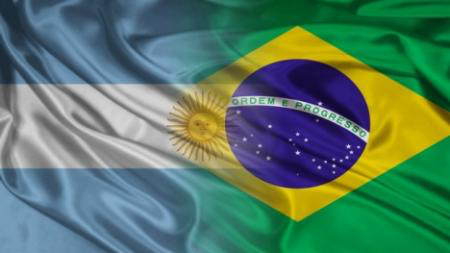Speaker
Description
The discovery of high mass Millisecond Pulsars such as J1946+3417 ($1.832
\pm 0.028 M_\odot$), J1614-2230 ($1.928 \pm 0.017 M_\odot$) and J0348+0432 ($2.01 \pm 0.04 M_\odot$) allows the
possible existence of deconfined quarks in the Neutron Stars inner core. In order to represent the matter under extremely high density conditions, we obtain a hadron-quark hybrid equation of state by considering the non linear relativistic mean-field approximation for the hadronic matter phase, and the three-flavor non-local Nambu$-$Jona-Lasinio (NJL) model,
with repulsive vector interactions, for the quark matter. The transition from hadronic to quark matter (mixed phase) is constructed by considering a soft phase transition and imposing global electric charge neutrality condition (Gibbs construction). Depending on the strength of quark vector repulsion, we find that an extended region made of a mixed phase of quarks and hadrons may exist in high-mass Neutron Stars with masses up to $2.1-2.4 M_{\odot}$. Our study also indicates that Neutron Stars with masses of around $1.4\, M_\odot$ would not contain deconfined quark matter. Recent developments and some preliminary results at finite temperature to study the stability of Proto-Neutron Stars will also be presented.
